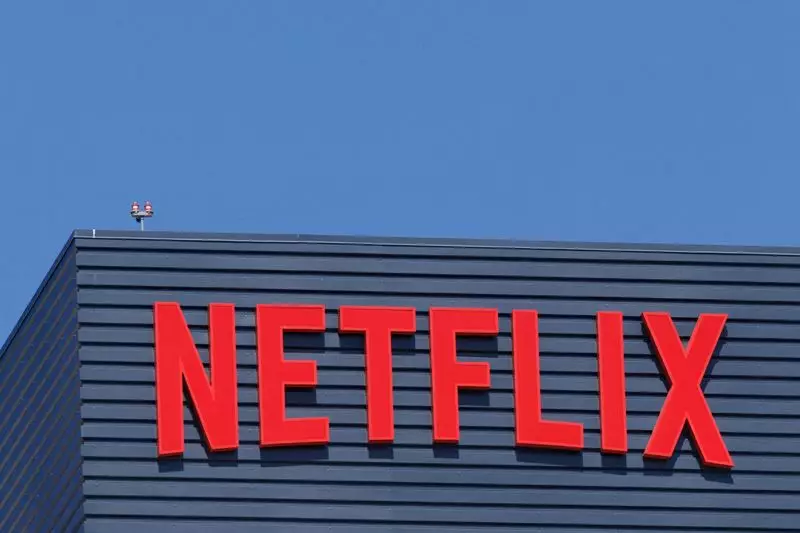Netflix, the undisputed leader in streaming video services, recently announced that it gained 5.1 million subscribers in the third quarter of this year, a growth that exceeded analyst expectations by a significant margin. Analysts had predicted a more modest gain of 4 million users, highlighting Netflix’s ability to not only meet but surpass market predictions. This impressive subscriber increase reflects the platform’s effective content strategy and marketing efforts amidst an ever-competitive streaming landscape.
In addition to subscriber growth, Netflix reported diluted earnings per share of $5.40, outpacing the consensus estimate of $5.12. Revenue also rose significantly, reaching $9.825 billion, slightly ahead of the $9.769 billion analysts had anticipated. This financial performance underscores Netflix’s ability to capitalize on its core offerings while diversifying its revenue streams. Furthermore, the company’s operating margin increased to 30%, a noteworthy rise from 22% in the same quarter last year. Such financial metrics indicate a solid business foundation, showcasing Netflix’s ongoing resilience in a challenging market.
Shifting Focus to Diversified Metrics
Interestingly, Netflix has been actively working to shift investor focus away from just subscriber count. The company has emphasized the importance of holistic growth measurements including revenue expansion and profit margins. This strategic pivot allows Netflix to demonstrate that it is not solely reliant on growing its subscriber base but is also focusing on increasing profitability. The company believes that a strong financial performance will ultimately appeal more to investors and may stabilize its share price amid fluctuating market conditions.
Exploring New Revenue Streams with Ad-Supported Plans
As part of its growth strategy, Netflix is venturing into ad-supported services with a view to increase revenue. The company has indicated that while the ad-supported model is gaining traction—accounting for over 50% of signups in regions where it is available—it may take until 2026 for advertising to become a major growth engine for the platform. This long-term outlook reflects a commitment to fostering a revenue model that balances subscriptions with advertising, tapping into lucrative advertising markets that demand engaging cultural content.
Moreover, Netflix is looking to enhance its appeal to advertisers and subscribers by introducing live events, particularly in the realm of sports. Event-driven content can significantly elevate viewer engagement and broaden the platform’s audience base. The upcoming live broadcast of high-profile matchups, such as the fight between YouTube celebrity Jake Paul and boxing icon Mike Tyson, represents a strategic move to capitalize on mainstream interest and attract solid advertising partnerships. Upcoming NFL game streams further highlight this focus, as live sports typically engender high viewer numbers and extended engagement.
Netflix is exhibiting a robust model of growth by not only increasing subscribers but also by enhancing its financial performance metrics. With innovative strategies towards advertising and live event programming, the company is positioning itself for sustained success. As Netflix navigates through evolving market dynamics, its proactive measures and future planning signal a promising trajectory as it seeks to strengthen its dominance in the streaming industry.

